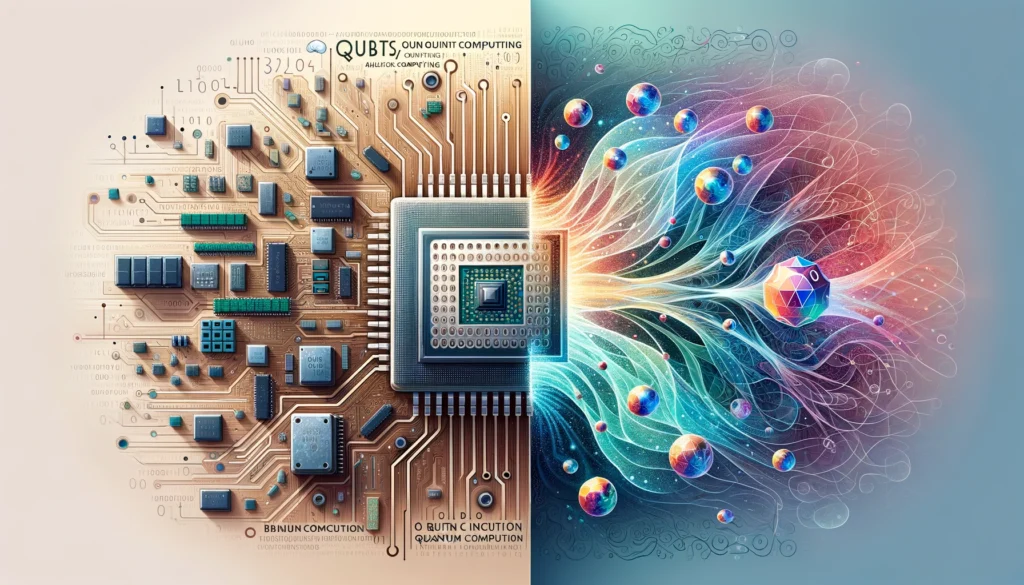Physical Address
304 North Cardinal St.
Dorchester Center, MA 02124
Network
Physical Address
304 North Cardinal St.
Dorchester Center, MA 02124
Network

The present segment of our series tackling the issue of quantum computing deals with a comparison between the traditional Neumann architecture which is the basis of most classical computers, and quantum computing as a new field in computer science. It is important to be able to differentiate these two paradigms since they can potentially bring about a great revolution in the world of technology.
The Von Neumann architecture also known as Princeton architecture or Von Neumann model, is a computer architecture based on a description by John von Neumann in 1945 and it serves as the foundation for most classical computers. In this type of design, both data and program instructions are stored in one single memory space which connects them directly to the processor via one bus.
However, this has its limitations such as what’s called ‘Von-Neumann bottleneck’ where computational performance speed becomes limited by how fast data can travel between processor and memory.
On the other hand, quantum computing uses principles from quantum mechanics when conducting computations. As mentioned previously in other articles, qubits that can exist in many states simultaneously are used by quantum computers enabling them perform multiple calculations at once unlike classical Von-Neumann machines which process sequentially.
While Von-Neumann machines are good at doing general purpose tasks and running linear algorithms, they still cannot compete with quantum computers which have better performance when it comes to factoring large numbers; simulating physical processes involving quanta; optimizing big systems; solving complex differential equations among others.
By allowing parallel data processing innately much faster for certain kinds of problems than any possible number crunching done using even all foreseeable generations of ordinary digital chips combined together could ever achieve alone quantum integration could theoretically get around Von-Neumann bottleneck itself thereby saving time exponentially during processing specific types of information.
Quantum computing does not aim at replacing classical computers but rather complements them by providing solutions to problems that are presently impracticable or impossible for classical systems. Perhaps as time goes on and more research is conducted coupled with increased accessibility towards quantum machines then maybe they will work side by side with classical Von-Neumann hardware, thus creating a hybrid approach which takes into account both technologies’ strong points.